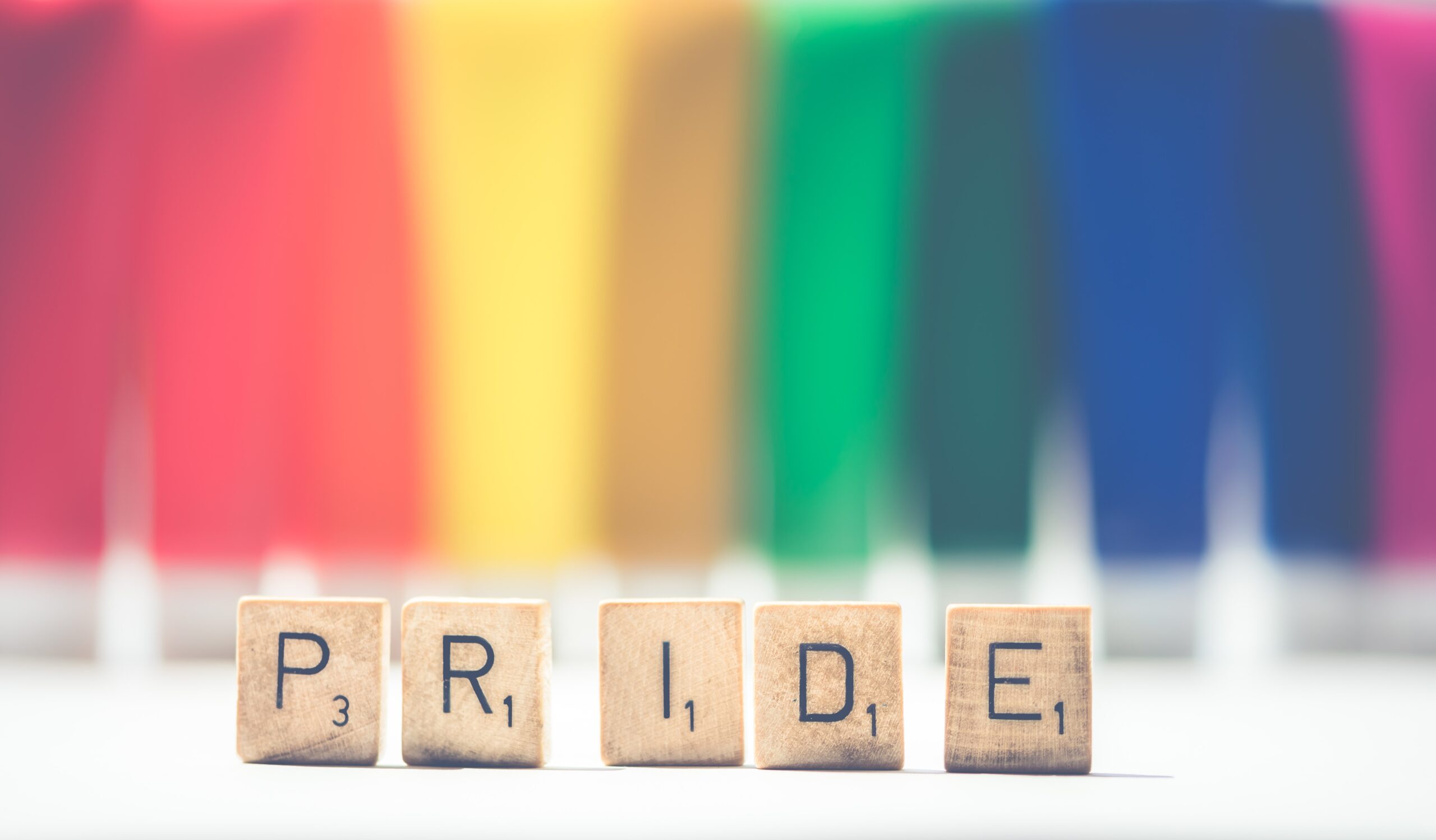
Inclusion: having Pride in your workplace
Your workplace is a reflection of what is happening in society. From social issues to the political landscape, those emotions, perspectives and feelings don’t stay outside your office doors. Instead, they play out in your day-to-day operations within your team.
Pride is being celebrated across the country in June, both in communities and offices. And while there has been movement to ensure the LGBTQ2S+ community feels welcome in the workplace all year round, it’s still a challenge.
Studies show around 30 percent of LGBTQ2+ employees in Canada have experienced discrimination while at work compared to only three percent of non-LGBTQ2+.
An estimated 49 percent of trans individuals were either denied or suspect they were turned down for a job simply because of who they are. On top of that, 30 percent of LGBTQ2+ employees leave their jobs because they feel unsupported and unwelcomed by management.
Strong leadership for inclusivity
According to Pride at Work Canada, biphobia, homophobia and transphobia are still present in workplaces across the country and are not discussed during diversity and inclusion conversations.
It adds only 59 percent of businesses have crafted a strong leadership message on the importance of LGBTQ2+ inclusion on the job. That’s despite the fact that, according to Stats Can, there are one million people who identify themselves as LGBTQ2+ (2018).
But when there is a message, is it followed by action?
When it comes to the LGBTQ2+ community, only 14 percent of organizations consider it diversity and require training for managers. Seven percent of companies expect managers to make resources and guidance available to LGBTQ2+ employees.
Small workplace issues can grow quickly
With that lack of foundational knowledge and expectation, it creates a culture where workplace issues can fester. Underlying issues between personalities create the early stages of what can expand into a full blown toxic work environment, or a culture of bullying and harassment.
While many companies are committed to preventing discrimination and harassment, they don’t have the operating envrionment established that aligns with equity, diversity and inclusion (DEI) principles.
Where does it start? It starts by making DEI a priority. Develop internal human rights, discrimination and harassment policties. Build a people strategy that emphasizes preventing systemic discrimination.
Inclusion happens in every conversation we are having at the workplace. How we speak and interact and the words we choose make a difference. Setting a strong foundation for an inclusive workplace culture will enhance your reputation and ensure every employee feels welcome, supported and included.
If you’re unsure where to begin when it comes to employment equity, diversity and inclusion, reach out and let Method support you through this important process.
